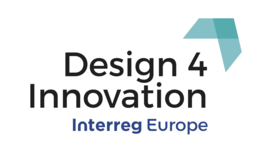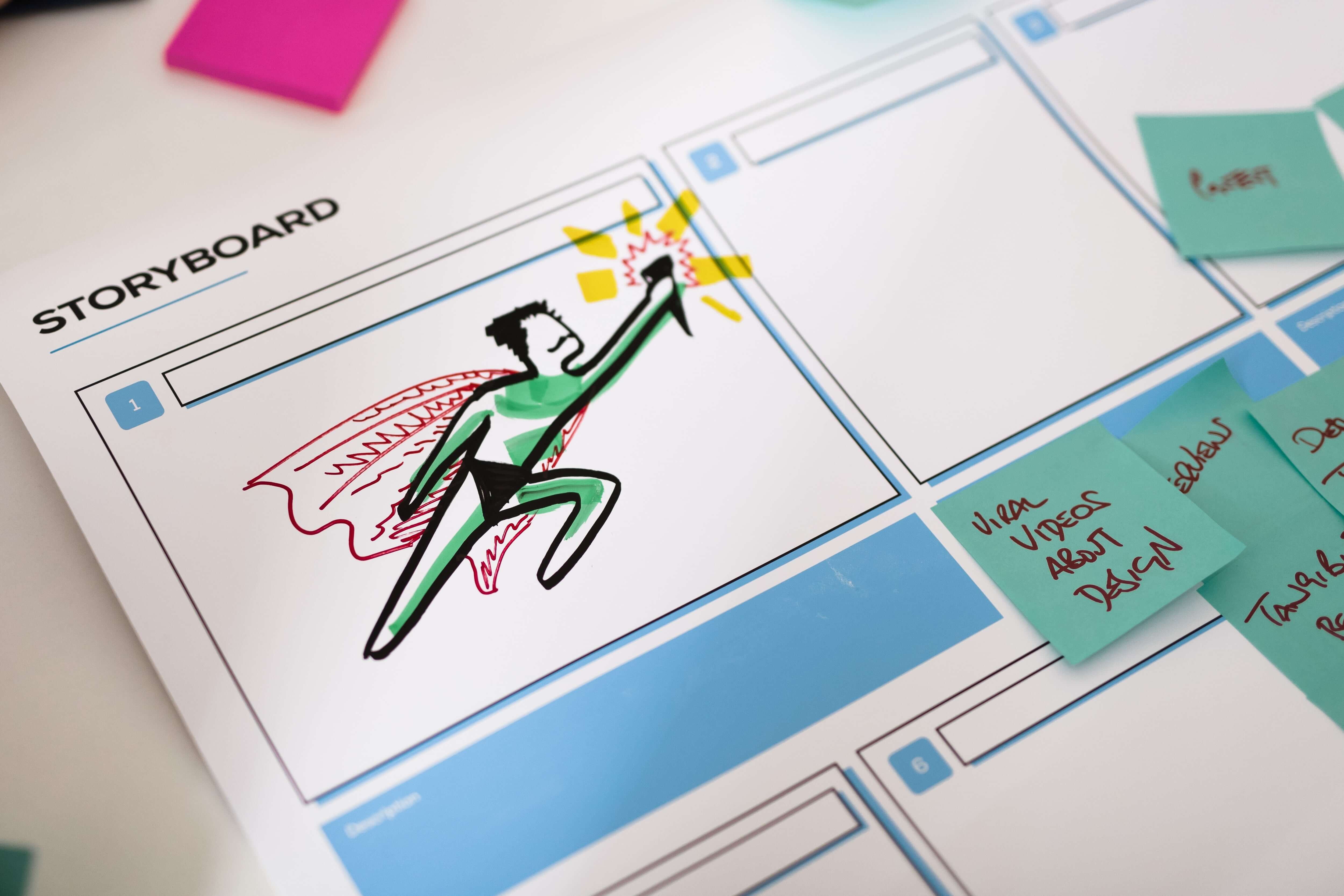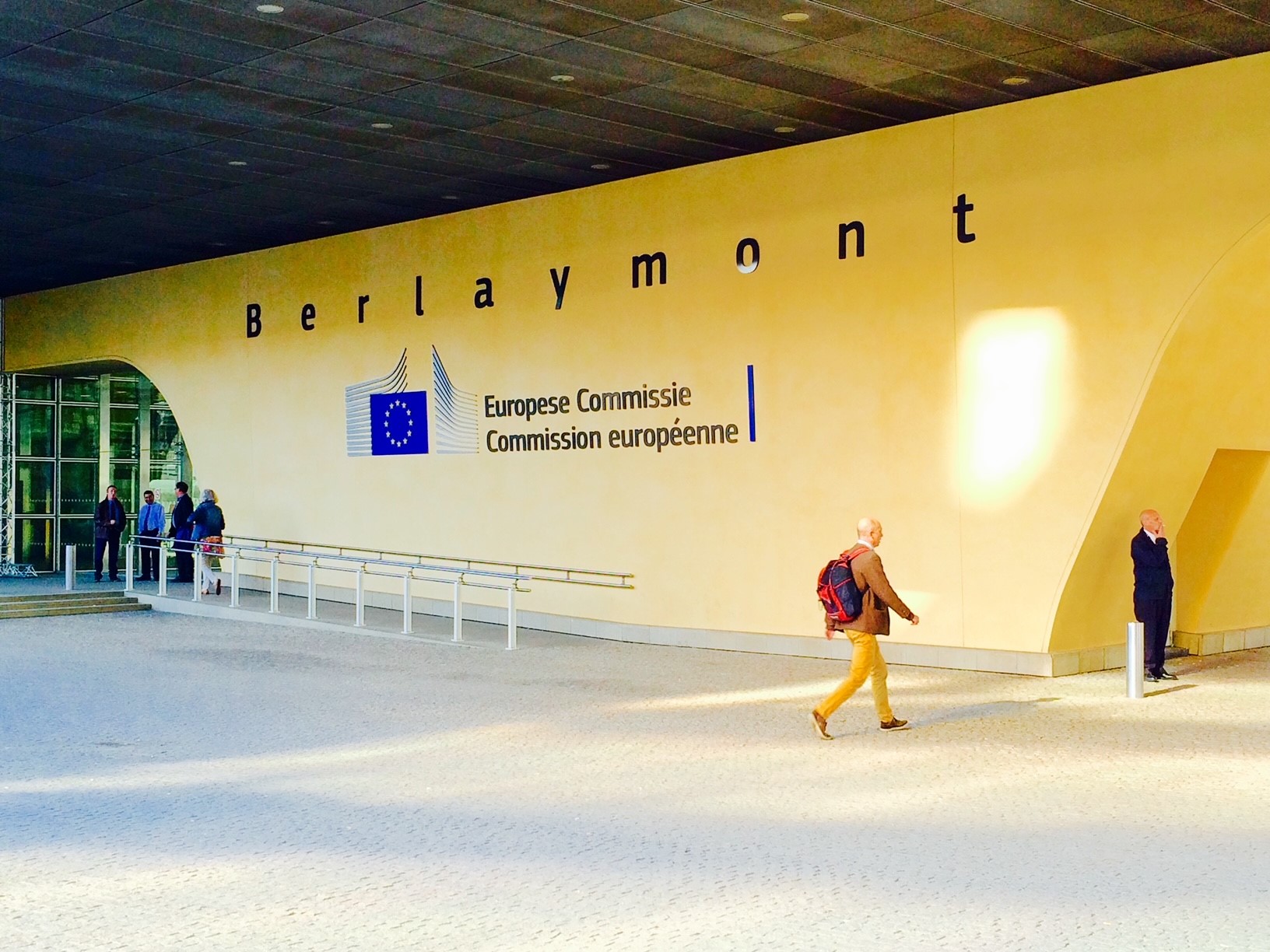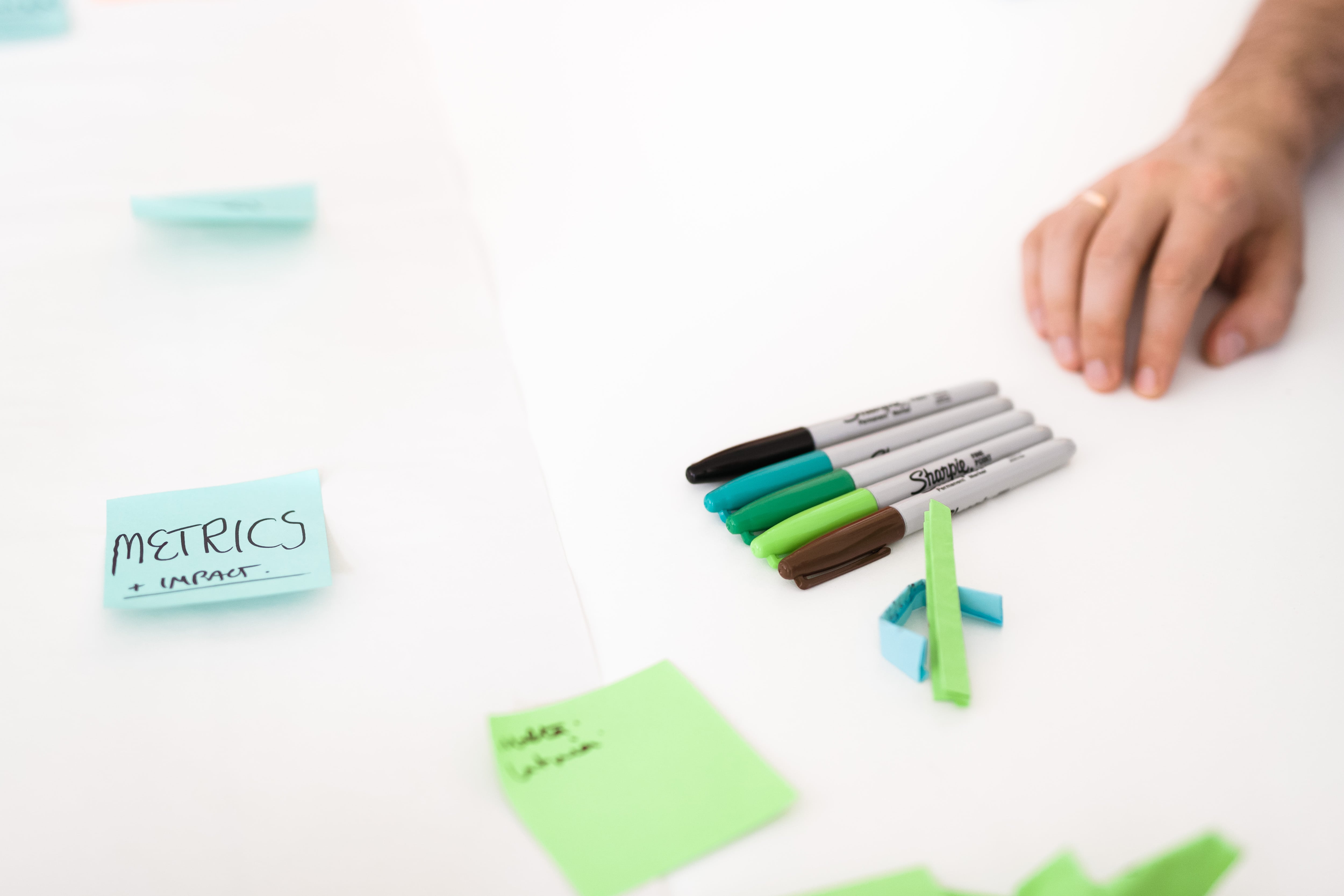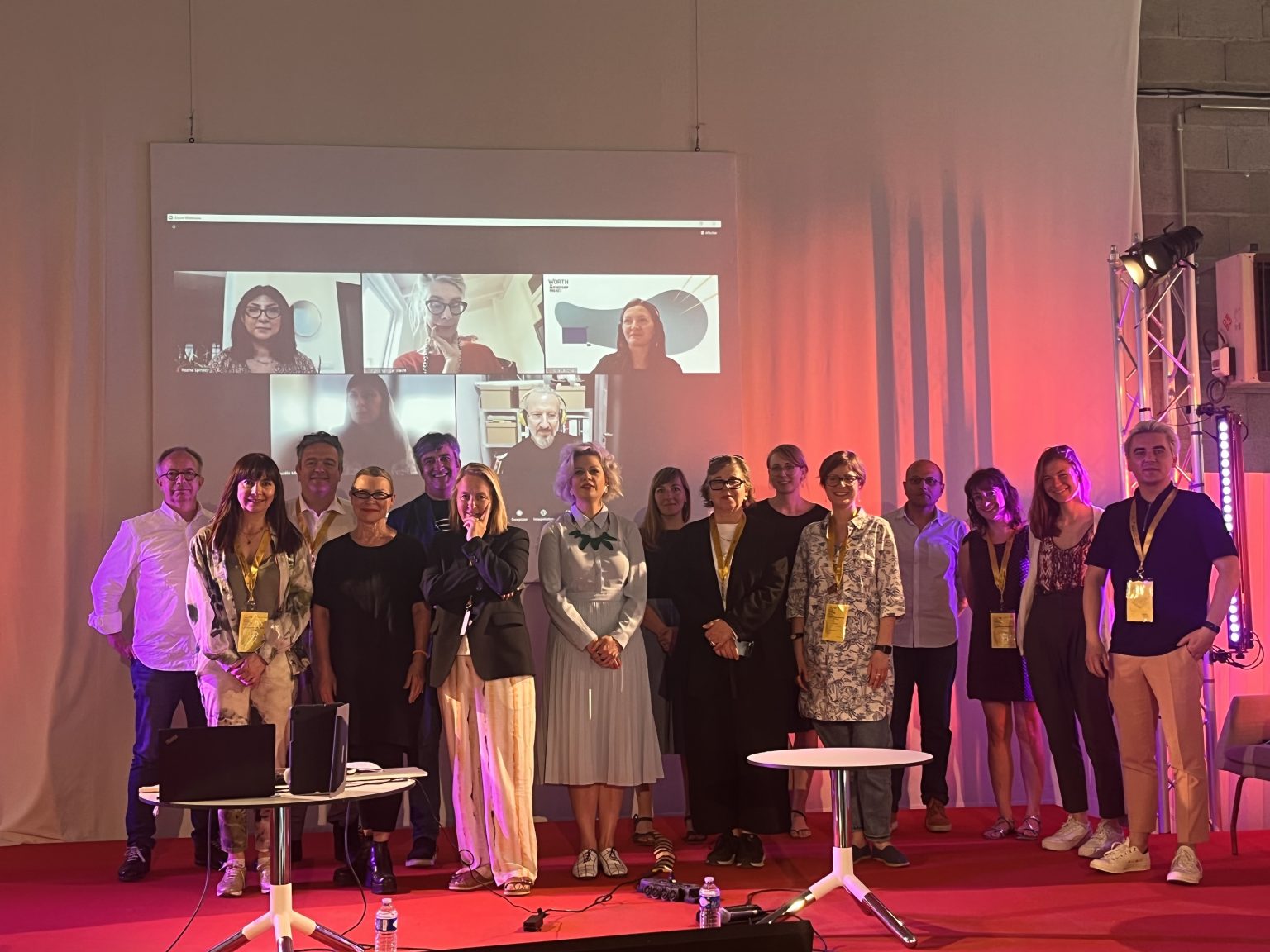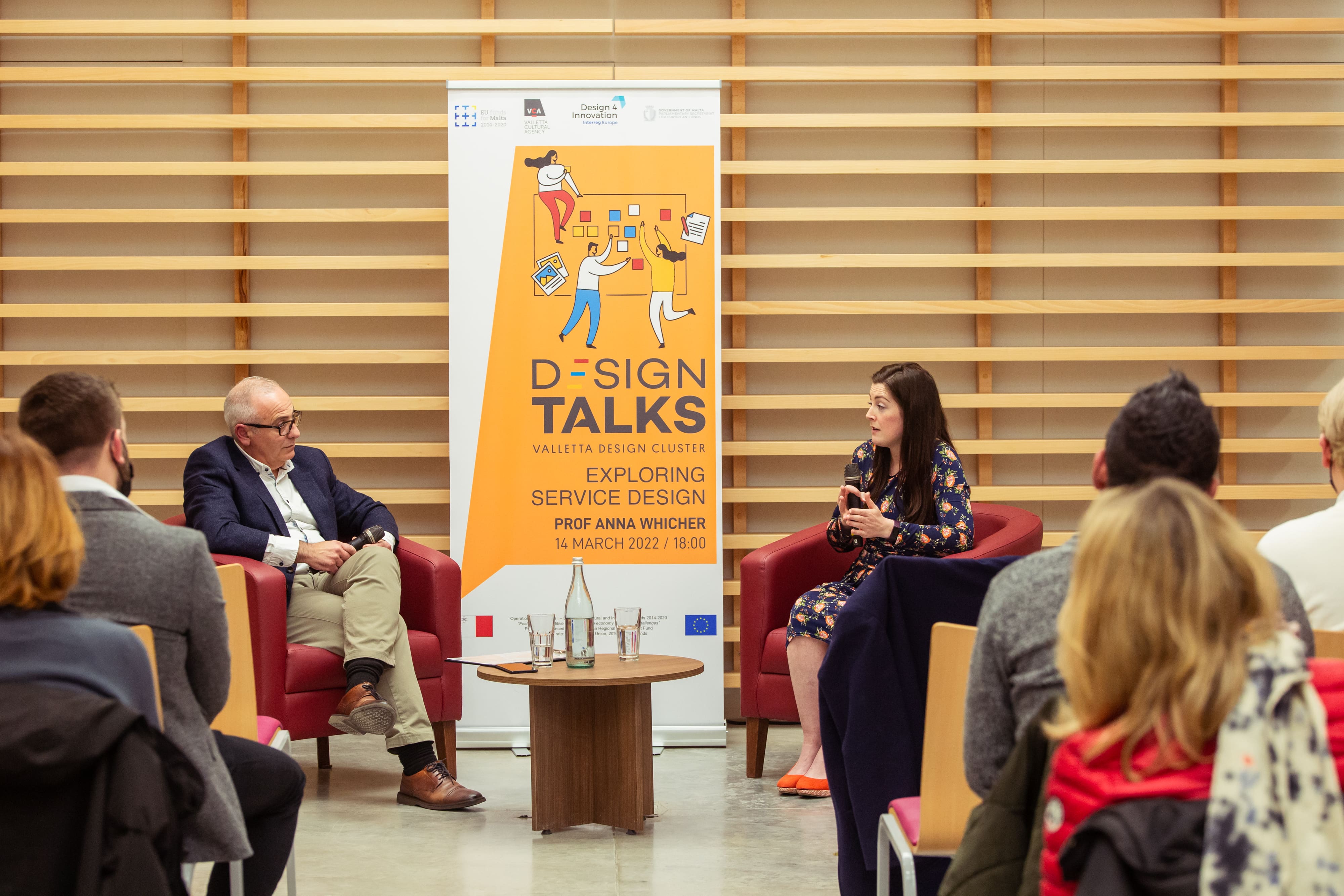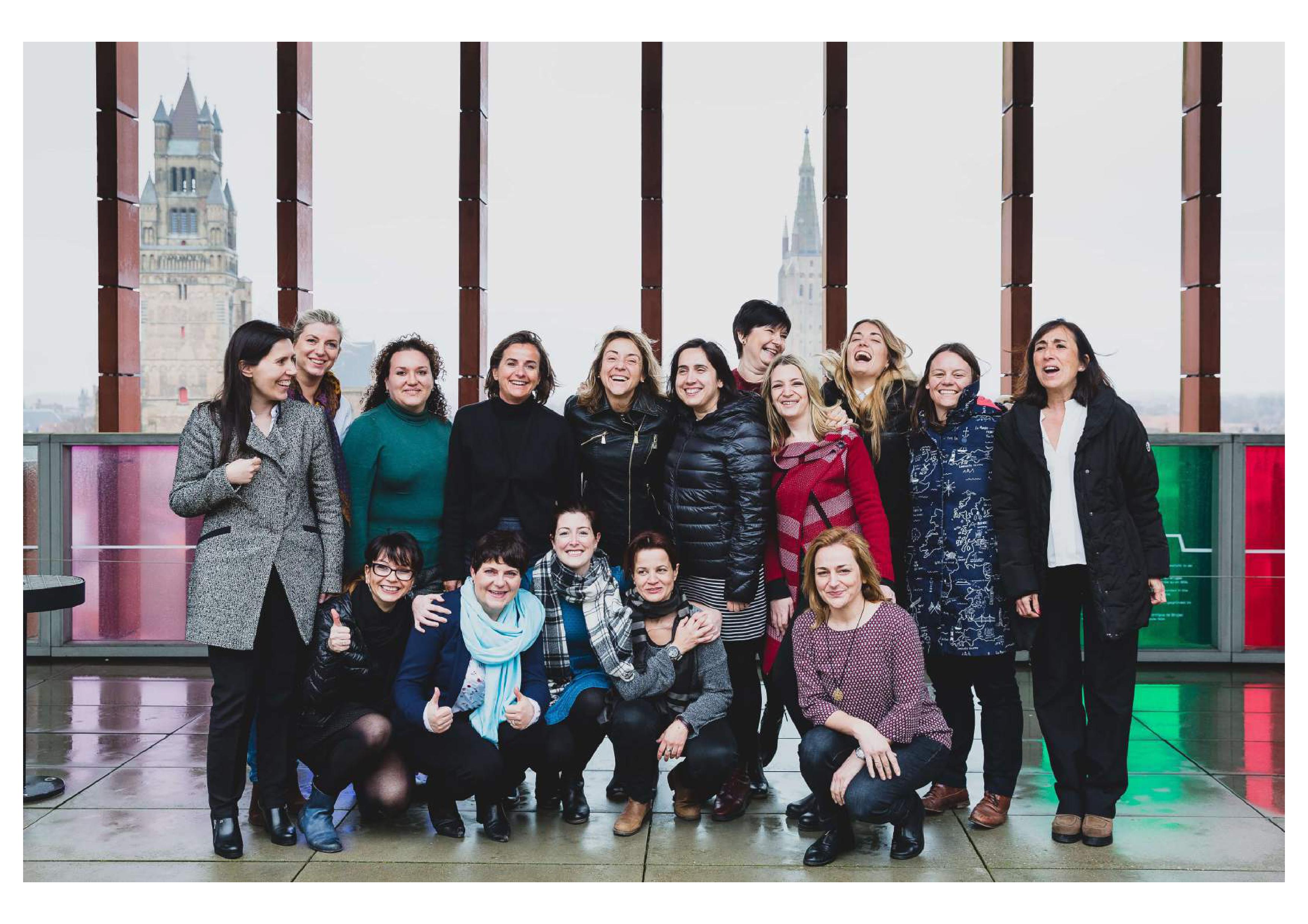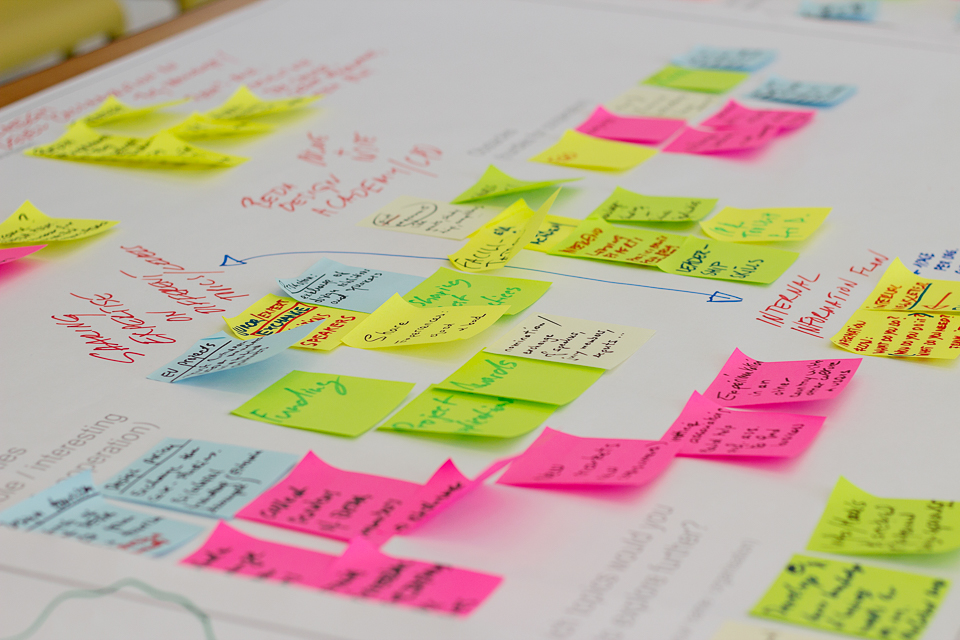Design4Inoovation project has been inaugurated on International Women's Day in 2017 in Bruges (the banner image shows all fantastic women driving our project on that day). Time flies very quickly when you are working with inspirational people on an exciting programme of work. We structured our project activities on a design process, which is often conceptualized as the Design Double Diamond model. It follows divergent (free-flowing) and convergent (analytical and deductive) phases and progresses through discovery and definition (first diamond), development and delivery (second diamond) stages. Thanks to Interreg Europe programme we also had the chance to delve into the assessment of impact of our actions, during two years of impact monitoring phase.

Our approach to the knowledge exchange process proved to be very successful - all 80 people, closely involved in project (partner organisation staff and stakeholders), reported increased professional capacity, and 70% of them to 'a large degree'. We have over-achieved at our policy learning targets and received very positive feedback from stakeholders (see summary of the first phase post). During the monitoring phase, our dedicated partners continued to actively engage stakeholders to make sure the actions get implemented and deliver the best impact. Even despite of pandemic-induced troubles that often changes all the plans, each partner managed to influence policy changes. As a result, after two monitoring years we are proud to say that we have mobilized over €13.6m of new investment in design (that is seven-fold return in investment in our project) which directly benefited over 620 small businesses and many more indirectly. And most of the support initiatives influenced by Design4Innovation are still continued to be delivered and will create more impact in the future.
Among other initiatives our project has managed to influence the following policy changes:
- In Malta - creation of Valletta Design Cluster which has become one of the Interreg Europe impact stories.
- In Galicia - launch of a new comprehensive support package 'Deseño para a Innovación 2020'.
- In Latvia - introduction of a 'Design Voucher' scheme.
- In Wales extension of support provided through SMART programme for Design & Manufacturing, as well as a new 'Design in Innovation Strategy' for the UK.
- In Flanders a new study on the impact of design sector has helped to inform a new strategy for design-driven innovation. In parallel, the Flemish partner launched a series of advisory and networking services for businesses and designers.
- In Greece, design have been included in two major support programmes for SMEs.
- In Silesia, new design advisory service for small businesses have been implemented, as well as development work for creation of 'Design Observatory' has begun.
- In Catalonia, BcD introduced a new protocol of creation based on open innovation processes for designers using new technologies, and also mobilised the entire Spanish Design Ecosystem to discuss the national design strategy.
For all those achievements our project has been nominated for the Regiostars award. Even though we did not make it to the final, we feel extremely proud that our project was recognized in this way. Also the fact that Design4Innovation received additional funding to continue activities through the Interreg Europe's 5th call is a testament to the impact that we managed to create. To add to these successes, our project website was consistently among the most popular of Interreg Europe projects' websites and our meeting photos are so nice that you might spot them in the Interreg Europe communications!
We were extremely pleased to be able to host our final conference as an in-person event in conjunction with the European Future Forum in Chorzow (Silesia). During the event, inspired by the New European Bauhaus - the soul of the European Green Deal and European Transformation, we discussed with the experts from our partner regions how to better help our businesses to develop beautiful and sustainable products and services in a more collaborative and inclusive way. Päivi Tahkokallio, President of BEDA - The Bureau of European Design Associations (2019-2021), set the scene for discussion with her thoughts on the new growth and the New European Bauhaus values. Through panel discussion with our experts we agreed that design will be key in helping to achieve the NEB values, as design is the method that connects the values of beauty, sustainability and togetherness. Therefore we keep need to lead by example, raise awareness and exchange best practices.

Work in promoting design and innovation needs to be relentless, therefore only day after the final event of our original work programme, we kicked off the extra activities with a workshop to review what has changed in our regional ecosystems and the context for SME support and a study visit to Zamek Cieszyn. Stay tuned for more inspiring best practices and more design impact!
